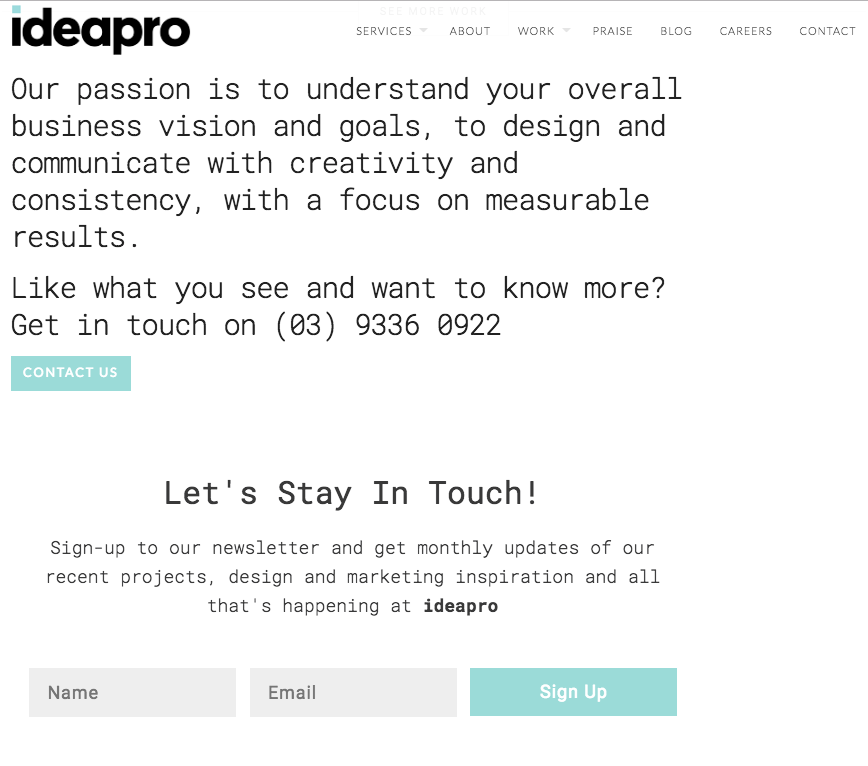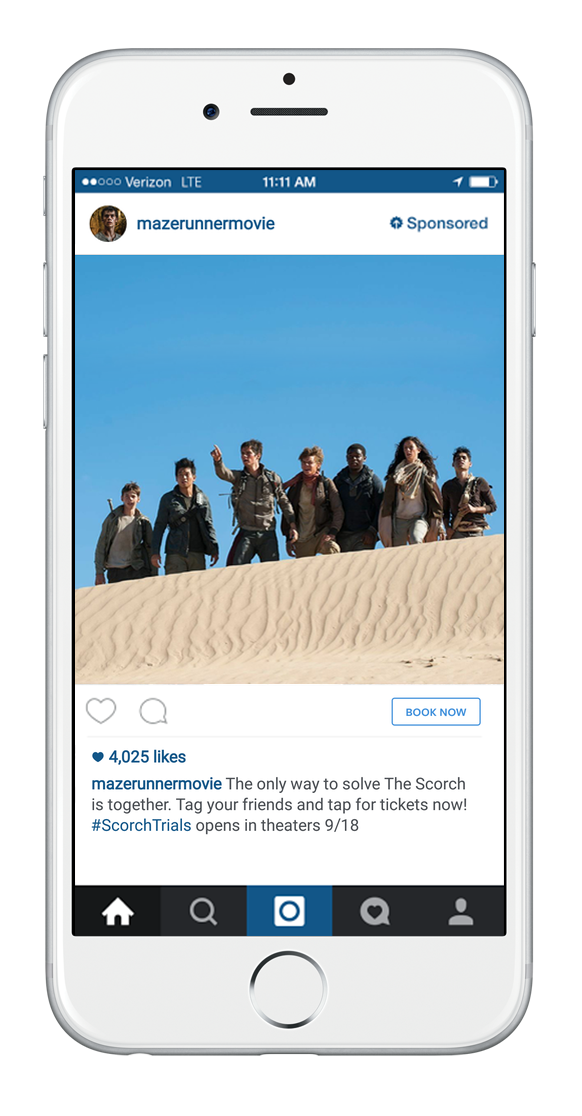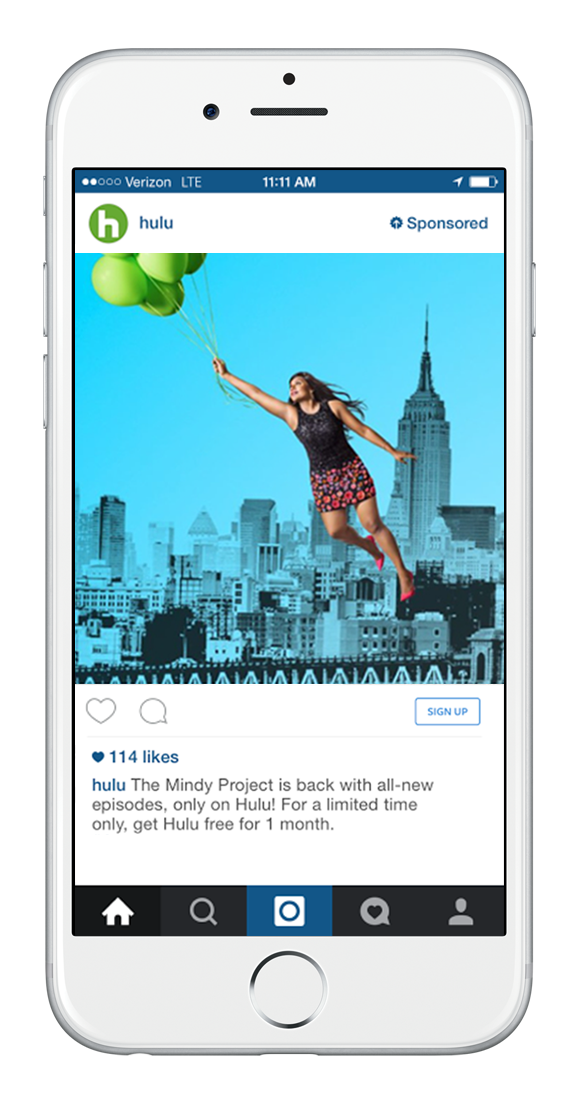
Most businesses who actively market, want their products or service exposed to their desired target market but ultimately, they want customers or prospects to respond to their marketing campaigns.
They need to invite them to consider their brand by employing the marketing technique, call to action.
A call to action (CTA) is a strategic marketing tool used to provoke your audience to perform an immediate response towards your business. It may include calling you, clicking on your website or visiting your store. The main goal for the technique is to inform and encourage customers to know what to do next if they’re interested in your offer.
A CTA does not only mean “buy now” or “call now” to make a purchase, it could be utilised to gain loyalty or provide prospective customers with more knowledge. This will potentially then motivate them to make a purchase or begin to build a sense of loyalty and trust with your brand. For instance, you may gain them as a subscriber on your mailing list, have them follow your social media platforms or draw them to your website to find more information. It all depends on the buying purchase stage, and the level of depth a customer is willing to go through to finalise their purchase decision and how strongly you meet their pain points at a given point in time.
You will get greater results by being clear about what the potential customer needs to do. Your CTA needs to be easily identifiable and simple. Giving too many options or multiple steps may confuse the customer. Sharing a link, downloading a guide or making a call may be good ones to begin with depending on your business. It is important to use persuasive text around an action orientated statement to motivate customers to take a step closer to purchasing.
Call to actions need to be easy to find. A good idea is put yourself into the customer’s shoes and search for your business to see the process they need to go through. This will help you establish a good place to use this technique. CTAs are very common on websites and other online platforms including social media. Many businesses with a website will have a “contact us” or “sign-up” button on their page, which are common examples of a CTA. Here is what we have on our homepage:

Here are some other common words and phrases that can be used in your CTA:
A common tactic utilised to notify visitors of other ways they can receive more information are via pop-up screens on your homepage, often called an opt-in. This can be a way to build your subscription list to create more opportunities to employ your CTA techniques. Here is a great example from The Creative Issue.

Other places you may consider injecting a call to action are on promotional or direct mail flyers. Here is an example of an expo flyer we designed for Valley Designer Cakes. Our call-to-action states “Please enter your details to be eligible for our discount offer”. This business received a huge 600+ responses from this flyer, providing our client with the opportunity to generate a large amount of leads and substantially increase their mailing list. You can view more on this project here.

Another avenue you can use a CTA is on social media paid advertisements and, on your business’ social media home pages. Facebook gives you the option to select between a few action taking phrases such as “Learn more”, “Shop now”, “Contact us”, “Book now” and more depending on your goal. These are also available on Instagram advertisements and they are a great way to achieve a response from a potential or existing customer.
Here are a few examples below of sponsored advertisements on Instagram:



Image: Business 2 Community
Customers today are far more knowledgeable and astute than ever before, so if you are not seeing desired results from your CTAs, then you may need to investigate and research what will work – and get a little creative! Be friendly, inviting and importantly time driven – be sure to set a timeframe for the customer to perform the action wherever possible. For example, “Take advantage and save on our subscription today!”.
Another consideration is how you word what you’re wanting your target audience to do. Highlight the benefits of what you’re offering and encourage them to think ‘I have to do this’, ‘I need this’, ‘I’m interested in this’ so they take action without a second thought.
For example, encourage the prospect to perform an action through both acceptance and exit options, such as including “Yes, send me a free copy to try our latest recipes and meal plans” with a further discouraging option beside it, “No thanks, I don’t want access to these amazing and free guides to better my health”.
Customers want to know about and see as much of your product, service and/or brand before purchasing to ensure they trust you and feel confident that they’ve made the right decision to engage with your business.
Call to actions are an important way to motivate potential buyers to purchase or learn more about you and your offer. As explained, there are a multitude of ways to use a CTA in your marketing campaigns and increase leads and actions from your desired audience, especially if your business is suffering from a low-response rate.
What call to action will you use next in your business marketing? Let us know in the comments below.
If you would like to know how we can spark your response rates and explore how to include call to actions in your marketing, be sure to get in touch with our team.
Please help us spread the word and share this post with your colleagues and friends.
Categories
Comments